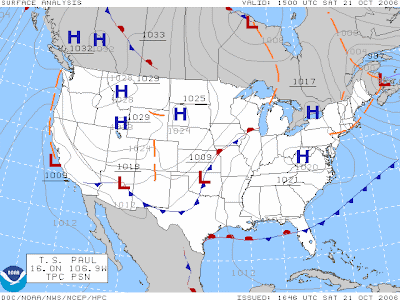Now You See Me...
A comet, such as that responsible
for ending the age of the dinosaurs, would rank ten on the Torino Impact Hazard
Scale, the high rating translating to mean certain global climactic catastrophe born from the collision, destruction capable of threatening the very future of civilisation.
At a glance, it is inconceivable that fossils like that of the Woolly Mammoth
seen in my picture are the few remains of the Mesozoic era left today, impossible that
a comet was capable of wiping out giants like the dinosaurs.
Yet, the comet alone is not
responsible for the dinosaur’s extinction; rather, it is the chain of events
set into play from the moment it penetrated the Earth’s crust that is to blame.
Unimaginable chemical changes to the atmosphere, cataclysmic volcanic
reactions, unprecedented high winds and severe storms are only a fraction of the
overall changes the climate underwent overall. Therefore, keeping this in mind,
it becomes easier to understand how beasts like the dinosaurs could perish from
one collision to the Earth. It is arguably
for this very reason that the Torino scale was established, so that humanity is made capable of tracking
comets and asteroids the like in order to anticipate damages born from those hazardous
impacts in order to meet the danger as best possible.













































